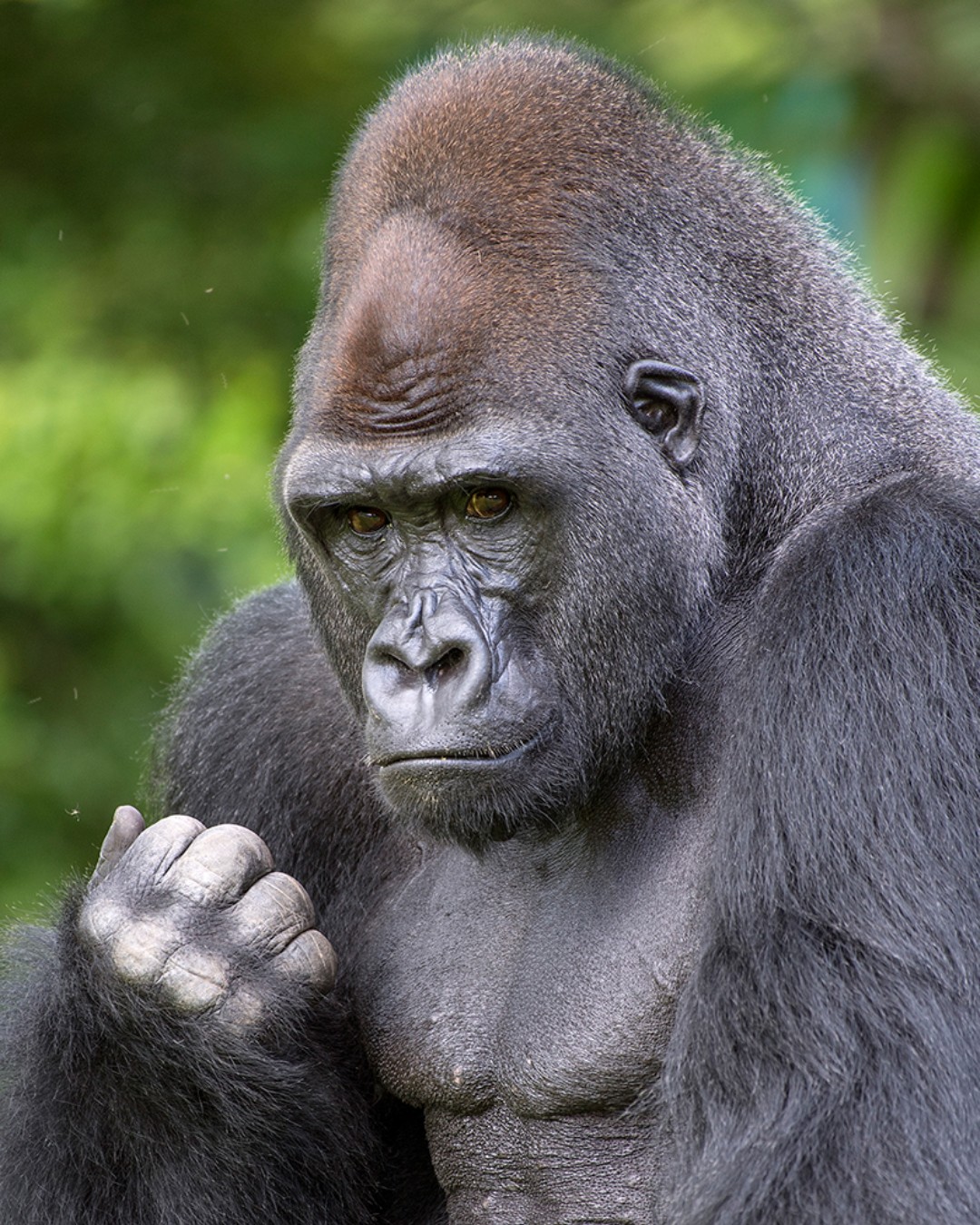- Zoo Miami is undergoing significant construction and upgrades to meet evolving regulations and enhance animal welfare.
- Temporary exhibit closures and animal relocations, like the movement of gorillas Shango and Barney, are a crucial part of these enhancements.
- Gorilla relocation is guided by the Gorilla Species Survival Plan (SSP), ensuring the welfare and future of Shango and Barney.
- The historical significance of gorillas at Zoo Miami and their departure’s impact on the zoo’s legacy.
- The dual focus on animal welfare and visitor experience during Zoo Miami’s transition period.
Zoo Miami is experiencing transformative changes, aligning its evolution with new regulatory standards critical for animal welfare. These updates manifest through various construction projects scattered across the facility. From additional fencing systems to the modification of containment structures, these endeavors are essential for creating a safer habitat for the zoo’s diverse inhabitants. While many of these enhancements occur without disturbing the animals, certain significant upgrades necessitate temporarily relocating some exhibits. This is crucial for public safety and the welfare of the animals themselves.
Throughout these changes, visitors may notice that some exhibits are closed for periods ranging from a single day to several weeks or longer. Such closures are integral to enhancing the facility and ensuring compliance with evolving zoo standards. Among the relocations, the moving of gorillas Shango and Barney is particularly notable. As two bachelor males residing together, their transfer to another accredited zoo reinforces Zoo Miami’s commitment to following the Gorilla Species Survival Plan (SSP). This plan, developed by the Association of Zoos and Aquariums, ensures sustainable population management whether they consist of breeding pairs or bachelor groups.
The opportunity to transfer Shango and Barney comes due to their well-represented genetic lineage, thus redirecting their social dynamics under professional care in another facility. For Zoo Miami, this move represents a challenging but essential decision, emphasizing the priority of animal welfare. Although the absence of these iconic gorillas creates a void, it highlights Zoo Miami’s dedication to the health and continuity of its inhabitants and its active engagement with global conservation efforts.
Zoo Miami has been a sanctuary for gorillas for over four decades, nurturing several successful births and experiencing the privilege of nurturing numerous generations. The departure of Shango and Barney encapsulates a significant shift in the zoo’s history, reflecting changes necessary for adaptation to new wildlife care guidelines. The absence of gorillas at such a well-established institution inevitably leaves an emotional gap. Yet, it underscores the evolving nature of zoos as they adapt to contemporary conservation and educational imperatives.
The physiological and behavioral needs of gorillas require careful attention, especially during relocation processes. Shango and Barney’s shift underscores the importance of strategic planning in managing the relocation to ensure their seamless adaptation to a new environment. By adhering to the Gorilla SSP guidelines, Zoo Miami exemplifies its commitment to standard practices in zoo management, balancing visitor interests with the critical needs of wildlife conservation.
During this transitional phase, the zoo remains open and committed to providing a rich educational experience for its visitors. Educating the public about such changes fosters a deeper understanding and support for conservation initiatives. Visitors are invited to see Shango and Barney before their move in early May, offering a firsthand glimpse into the lives of these majestic animals.
Zoo Miami continues to epitomize a dual focus on animal welfare and visitor engagement. Throughout this period of significant transformation, the zoo remains a valuable resource for wildlife education, promoting understanding of zoological advances and conservation priorities. As it transitions to new horizons, Zoo Miami stands as a testament to responsible wildlife management, ensuring that its legacy endures for future generations.
*****
Source Description
As Zoo Miami continues to grow and regulations that govern zoos continue to evolve, changes are necessary to meet new requirements to safely house and manage the wide variety of animals that call Zoo Miami home. Visitors to Zoo Miami will notice a myriad of construction projects that are presently underway ranging from the installation of secondary fencing to the modification of containment moats. Though many of the upgrades and modifications can be made around the animals, there are some that require moving the animals to another location. This unfortunately will necessitate the temporary closing of some exhibits. Those closures can range from a day to a significantly longer period of time, depending on the modifications required. As part of this process, the difficult decision had to be made to relocate the gorillas to a different facility. Our bachelor males, Shango and Barney, both brothers, have resided at Zoo Miami since 2017 when they arrived from the Sedgwick County Zoo in Kansas. Since that time, they have shared the gorilla habitat as a bachelor group, an important social group for male gorillas. An opportunity has arisen to send both Barney and Shango to another accredited zoo. Because their bloodline is already well-represented under professional care, they will remain part of a bachelor group. The decision was made in accordance with the recommendation of the Gorilla Species Survival Plan (SSP) developed by the Association of Zoos and Aquariums. Though this is good for Barney and Shango, it will unfortunately lead to Zoo Miami not housing gorillas for the foreseeable future. Presently, the plan is for Barney and Shango to depart Miami in early May. Zoo Miami has beena home for gorillas for over 4o years and has experienced multiple births during that time. The departure of Barney and Shango will certainly leave a void that will be hard to fill. However, their health and wellbeing must be the priority and this upcoming move reflects that. We wanted to provide an opportunity for the public to see these majestic animals one more time before they head to their new home this spring.
📸: Ron Magill


